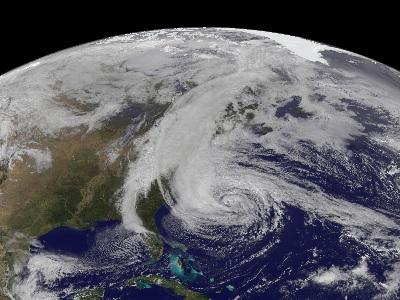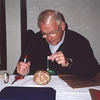
A group of
Emperor penguins wait their turn to dive into the ocean near Ross
Island, Antarctica
on November 3, 2004.
Emperor penguins routinely dive to 500 meters in
search of food. Scientists are interested in understanding how they can
endure the stress of these dives in such an extreme
environment.
Image courtesy of Emily Stone, National Science Foundation
Please log in
Science Blogs
Real Climate: climate science from climate scientists

Windows to the Universe, a project of the National Earth Science Teachers Association, is sponsored in part is sponsored in part through grants from federal agencies (NASA and NOAA), and partnerships with affiliated organizations, including the American Geophysical Union, the Howard Hughes Medical Institute, the Earth System Information Partnership, the American Meteorological Society, the National Center for Science Education, and TERC. The American Geophysical Union and the American Geosciences Institute are Windows to the Universe Founding Partners. NESTA welcomes new Institutional Affiliates in support of our ongoing programs, as well as collaborations on new projects. Contact NESTA for more information.
















